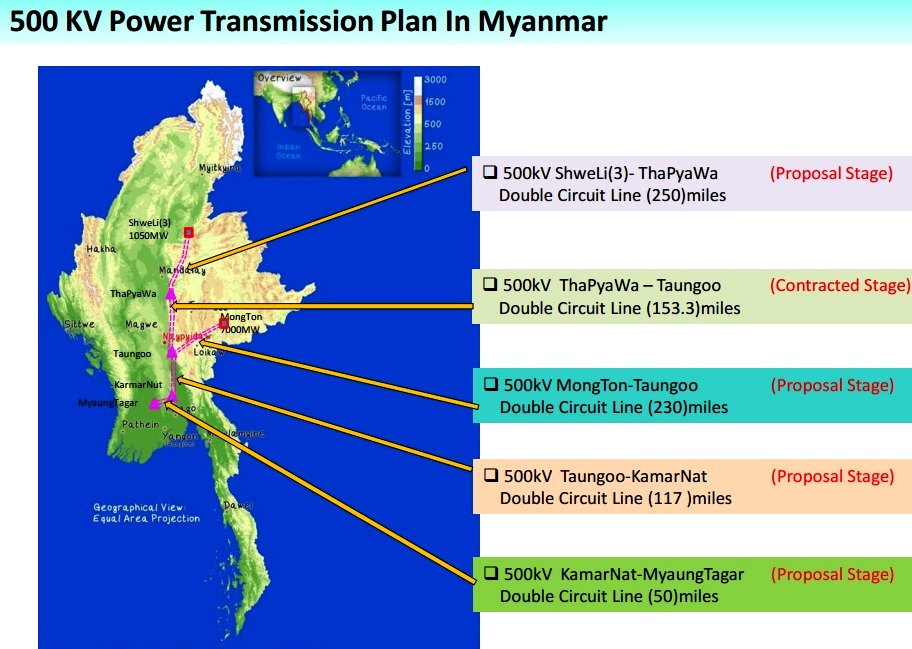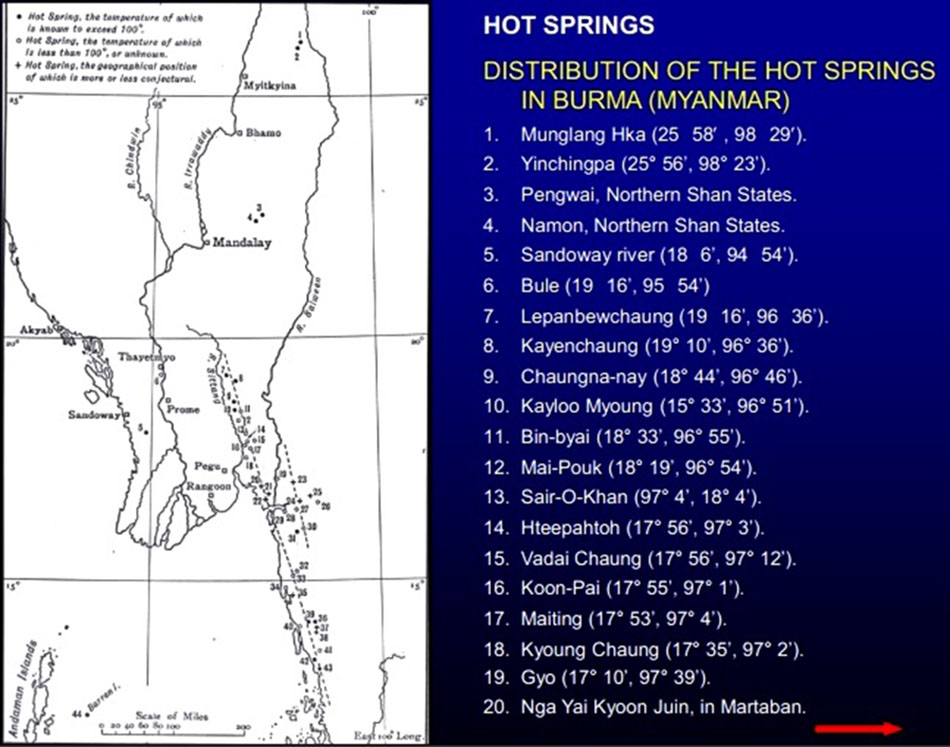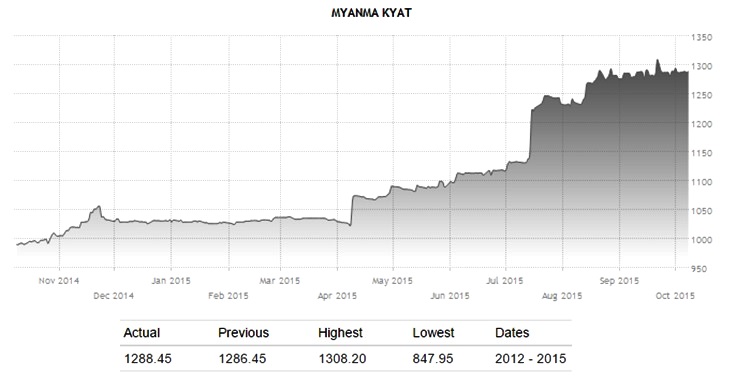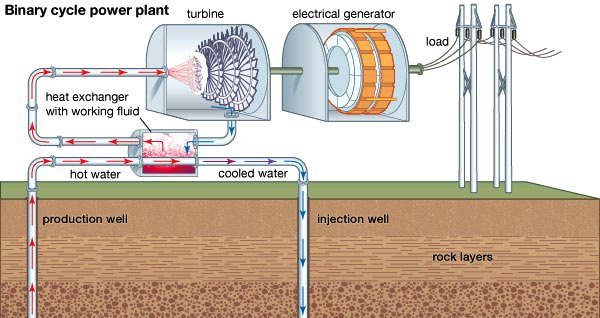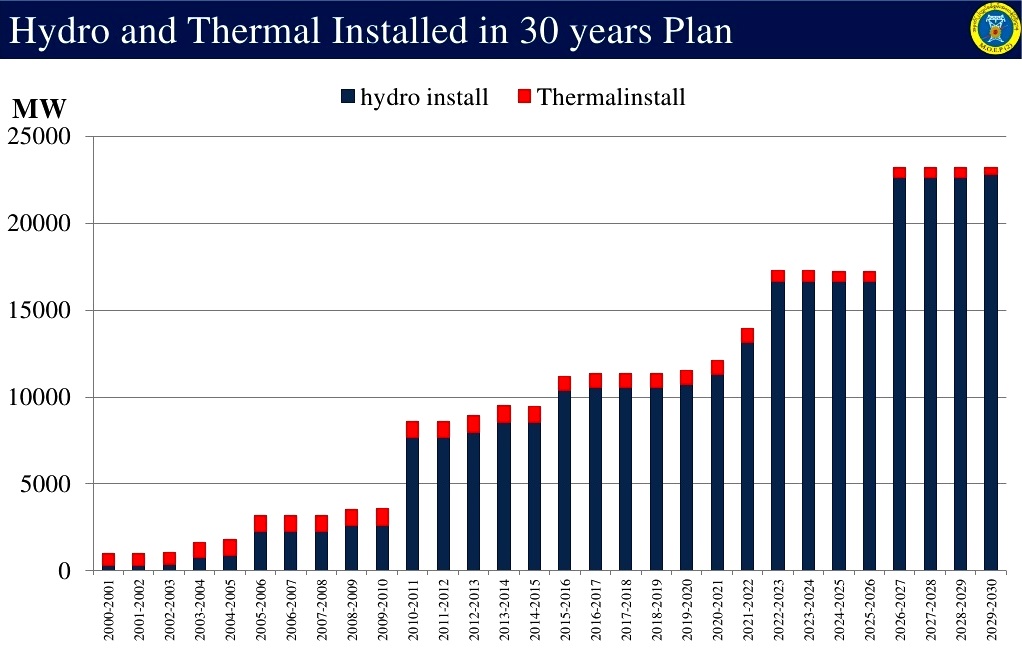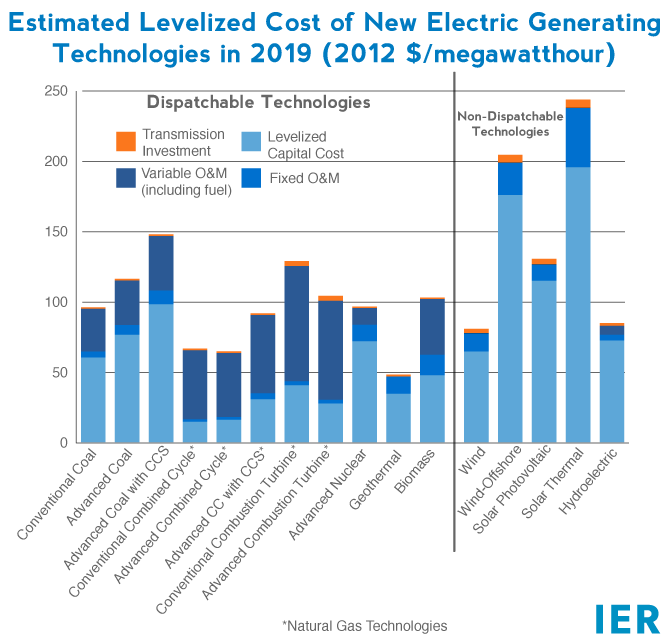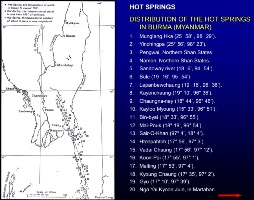 As the world has seen over the last 15 years, solar panels and wind turbines for grid scale power have limits due to the lack of continuous wind or sunlight. These renewable energy sources are great for developed economies with 24/7 electricity availability as an-add in electrical source, but what about Myanmar which is beginning to establish a power grid from 1960’s infrastructure to develop into our modern 21st century world? Editors Personal Article
As the world has seen over the last 15 years, solar panels and wind turbines for grid scale power have limits due to the lack of continuous wind or sunlight. These renewable energy sources are great for developed economies with 24/7 electricity availability as an-add in electrical source, but what about Myanmar which is beginning to establish a power grid from 1960’s infrastructure to develop into our modern 21st century world? Editors Personal Article
Author: David DuByne & Co-Author Hishamuddin Koh
4 November, 2015
Coal has a place in Myanmar’s future thermal power generation plans, but where delivery by rail to remote destinations which is economically impractical i.e. eastern border with Thailand, electricity for rural economic growth needs to be re-thought. Additionally, add in right of way disputes along every meter from point A to point B through rural areas for power projects. Villagers are well aware of their rights for land compensation and have mega-inflated land prices where farmers are asking as much as $50,000 per acre to place kV line towers above dirt track accessible farmland.
Coal field/thermal power plant development in Kalawa, Lashio, Tigyit and Eastern Shan areas will connect major dry zone population centers and newly established industrial zones along the Irrawaddy River with 500kV Double Circuit lines. However remote eastern areas sharing a border with Thailand will need years until steady electricity by way of grid expansion reaches towns, villages and factories.
Geothermal power production in Eastern Myanmar will localize electrical production, shortening delivery distances reaching the end user, with secondary agricultural processing uses speeding rural development. Villages will experience socio-economic improvement of rural productivity and income as well as enhancement of farmers’ skills and capabilities in adopting new technologies and managing bio-resources.
Rural & Livelihood Development is a key building block in the Central Government’s national development plan which will catapult the country’s agriculture industry into the Food Basket of Asia within two decades. These ambitious plans will require tenacity and a steady flow of investments to upgrade machinery, seed stock, fertilizer input, crop handling & storage methods, refrigeration, secondary processing & dehydrating.
The bio-village conceptualized by Hishamuddin Koh envisions active participation by farmers/villages in low income and productivity which can be brought out of poverty if villages have significant acreages of land under crop or animal production for food and/or biofuels and access to reliable electricity even at minimal levels for processing bulk products higher up the value chain.
The proposed project must be cost-effective and capable of promoting self-reliance among the farming community in the pilot village or subsequent close proximity villages. There must be a need for agronomic and technical inputs to enhance greater productivity with a model having a “multiplier effect” for subsequent similar development in other villages. Technical (including training) is also a key component of self-reliability training to get villages away from continually needing financial support due to poverty.
Current development plans or bio village concepts are meaningless unless there is a reliable power supply. So the next question to be raised is: How will Geothermal Power Stations and rural livelihood development integrate and co-benefit each other?
2015 Photius.com electricity consumption per capita rankings put Myanmar at 109.3 kW and USA at 12,185 kW. Myanmar consumption is low, not because citizens do not want to use electricity, but because it’s simply not available.
With roads leading to the newly constructed geothermal power plants, agriculture transporters can bring necessities to boost agricultural output and transport processed crops to market. In reality, if you can’t move people or crops you sure can’t move income and the economy stagnates. Geothermal Power will provide upgraded transportation routes, steady electricity along with rural & tourism development.
An inclusive approach bio-village based around geothermal power will increase rural productivity and income alleviation, environmental protection and improvement, as well as capacity building of farmers’ skills and knowledge through technology transfer, management and maximizing the use of rural Bio-resources. Its success will provide impetus and impact in developing other villages. It also addresses the crucial issues of energy and food crisis at the village level. The 3A’s (availability, accessibility and affordability) are crucial to increasing farmer’s income and productivity.
There are at least 39 locations already marked by the Myanmar Engineering Society capable of geothermal power production and some of these hydrothermal reservoirs lie quite close to Yangon which is a significant underutilized resource. Preliminary investigations had been made on 43 locations in 1986 by Myanma Oil and Gas Enterprise (MOGE). Additionally in 1990 UNOCAL in cooperation with (MOGE) conducted analysis of geothermal data from sampling of 15 hot spring surface discharges of 57°C or higher.
Surface exploration revealed a total of 93 thermal springs identified in Kachin State, Shan State,Kayah State,the Southern Part of Rakhine State in Kyaukphyu, Central Myanmar Area,Shwebo-Monywa Area and especially in Mon State and Taninthayi Division. Drilling and testing of confirmation wells is the next step.
Hot spring systems with surface temperatures near or greater than 50°C have potential for Binary Cycle Power Plant Generation, with an estimated break even power cost of 5.3-8.6 U.S cents/kWh or in Myanmar Kyat 53-86K per kWh. This pegs a non-fluctuating 1$=1000K, which is a main concern for power project funding.
Between June 2012 and October 2015, the Myanmar Kyat depreciated by approximately 35%, from 850 down to 1300 against the US Dollar. Local businesses with foreign denominated loans from abroad suddenly found themselves rushing for a strategy to mitigate currency risks. Myanmar’s current lack of available currency hedging solutions presents a real challenge for these firms.
With the IMF forecasting Myanmar’s economic growth at 8.25% in 2016, demand for credit is increasing, yet, the bulk of SME’s remained credit deprived. Myanmar’s forward thinking Union Government wanting to stimulate economic development by addressing this problem, issued a new draft of the Public Debt Management Law, which not yet in force, is aimed at restating and clarifying some of the existing rules with respect to Government loans, bonds, borrowing & guarantees.
States and regions may obtain foreign financing, but with Union Government and National Assembly’s approval. In the same law, foreign banks will be able to issue loans to State Owned Enterprises (SOE’s) and there are nine clauses describing when the Union Government can obtain foreign financing.
The main drawback with these proposed changes is that along with depreciation pressures, in the current FX derivatives market there are no currency forwards for long term foreign denominated loans on the Kyat leaving only the option of Political Risk Insurance to cover currency losses, if at all.
Currency volatility is clearly a risk. Hedging solutions backed by a basket of currencies to mitigate risk and offset losses not effectively covered by commercial markets, should be included in Myanmar’s central risk mitigation strategy by diversifying exposure over a number of currencies worldwide.
In USD terms, un-hedged loans using a basket of emerging market currencies and major trading partner’s currencies will minimize the impact of an un-hedged position when spread through USD, THB, & SGD for example. This will allow the borrower at disbursement to receive funding denominated in local currency and is a local currency loan liability. All cash flow movements are actually still done in USD offshore.
This will minimize currency risk from Myanmar borrowers and reduce non-performing loans to under 1% for foreign firms able to fund and finance machinery and services. This must be a core part of any discussion involving machinery loans for infrastructure build outs countrywide, especially on longer term projects such as geothermal energy, ports and water treatment.
Binary Cycle Geothermal Power Plants use more common hot water resources (200–300°F/100-148°C). Hot water is passed through a heat exchanger in conjunction with a secondary (hence, binary plant) fluid with a lower boiling point (usually isobutene or isopentane). Secondary fluid vaporizes, pushing the turbines, which drive the generators. Enclosed secondary fluid is simply recycled through a heat exchanger. Geothermal fluid is condensed and returned to the reservoir. Binary plants use a self-contained cycle, nothing is emitted.
Exhaust water from power plants can be used in greenhouse applications, heating water to speed the growth of fish/shrimp, drying process heat for dehydrating agricultural crops and processing higher up the value chain than a simple bulk commodity. These benefits would reduce farmer’s production costs and speed rural development with other options of “Zero Waste” utilizing all forms of biomass, from crops waste to grass and weeds and converting these into energy sources.
Direct heating applications can use much shallower wells with lower temperatures, so smaller systems with lower cost and risk are feasible. Residential geothermal heat pumps with a capacity of 10kW are routinely installed for around $1,000 per kW which is affordable for townships.
According to the Ministry of Electric Power (MOEP), new capacity must increase at 15% per year to stay even with forecast electrical consumption country wide. Also from MOEP’s figures, total combined electrical generation from hydro, natural gas and coal was 3,495 MW in 2012, but by 2030 the maximum demand will increase to 18,900 MW.
This is a five fold increase in 18 years so the obvious questions are: How will the required electricity demand for economic development be produced? Which sources and options are available for sovereign, state or municipality to fund and finance projects with forward hedging strategies against Kyat devaluation and repayment in foreign currency?
Looking out to 2030 Geothermal is not mentioned in MOEP’s installed capacity forecast increases. The question is why not?
Experts estimate older equipment and infrastructure throughout Myanmar currently result in about 40% of generated power not reaching its ultimate destination due to both technical and non-technical losses. This is the exact reason localized power systems are needed for regional areas which will install fully functional smaller kV transmission lines.
Build out and ROI calculating levelized cost of electricity are incredibly important in Myanmar’s emerging economy. Levelized cost of electricity (LCOE) is a measure of a power source which attempts to compare different methods of electricity generation on a comparable basis. It is an economic assessment of the average total cost to build and operate a power-generating asset over its lifetime, divided by the total power output of the asset over that lifetime. LCOE is the cost at which electricity must be generated in order to break-even over the lifetime of the project.
The Energy Information Administration (EIA) 2017 levelized costs put Geothermal at $100/MW hour, equivalent to combined Cycle Thermal Coal with Carbon Capture Storage. LCOE is for power generation only; it does not take into consideration rail lines for delivery of coal or associated MRO costs and periphery inputs in the fuel/coal delivery system. Geothermal has significant advantages in that it does not require delivery of fuel.
There are two available geothermal power solutions for Myanmar’s power dilemma in rural communities: Binary Cycle Power Plants of 50-100MW and Small-Scale Geothermal Power Plants under 1MW. This means area specific needs can be addressed and programs designed to fit bio-village requirements in a variety of circumstances allowing rural development to take place. It’s the best of two worlds, clean non-polluting power and constant electricity supply which will preserve the landscape for tourism and boost farming community incomes.
This is what Myanmar needs to insure it stays “A jewel of nature” preserved in our modern world, protected environment but at the same time provides opportunities and potential for accelerated economic growth, by addressing the crucial issues of energy and food crisis at the village level for localized rural development.
David DuByne is the Myanmar contact for U.S. Exim Advisors. We represent a Direct Lender for the U.S. EX-IM Bank with Private Market for Medium Term Loans and Trade Credit Insurance. David can be reached at ddubyne (at) useximadvisors.com
Hishamuddin Koh has over 25 years of experience in agriculture & rural development and is Executive Chairman of Hisham Koh and Associates and the Myanmar Plantation Management & Advisory Co (MPMAC) along with Myanmar Food Technology. He can be reached at kohisham (at) gmail.com

